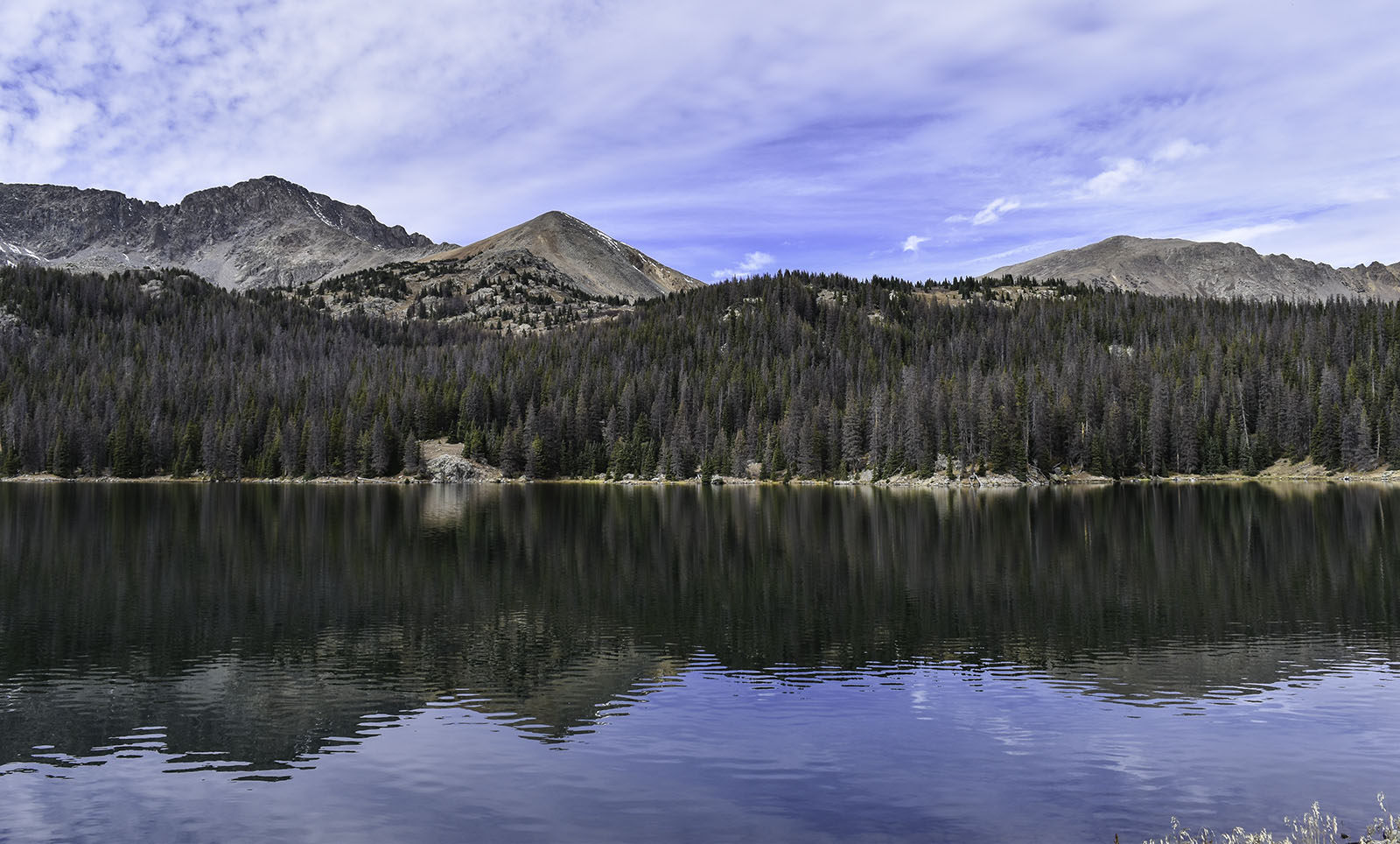The Upper Arkansas Water Conservancy District will install a telemetry system at North Fork Reservoir to provide real-time monitoring capabilities and remote control of reservoir operations.
At its August meeting, the district board of directors voted unanimously to approve a contract with Albuquerque-based Control Design Inc. to provide and install the necessary equipment at a cost not to exceed $20,000.
During the meeting, Control Design President Jim Conley told board members that the system will use low-frequency radio to provide real-time communication with the district’s existing equipment at North Fork Reservoir.
He said the system works well in remote areas and uses proven, reliable technology. “We’ve been in business for 22 years,” he said, “and the only units no longer working have been hit by bullets or lightning.”
District General Manager Terry Scanga said the district installed a hydraulic gate and computerized monitoring equipment at North Fork in 2006 with the intention of facilitating remote reservoir operations.
“This is essential if we’re going to operate efficiently and take advantage of opportunities for exchanges,” Scanga said.
Under Colorado water law, exchanges are, in essence, a way of moving water upstream. When streamflows are high enough, water can be diverted for an upstream use in exchange for releasing the same amount of water from another source downstream.
Exchanges allow the district to fill high-elevation reservoirs like North Fork during periods of high streamflows like spring runoff and rain events.

District Hydrologist Jord Gertson, who manages the district’s day-to-day reservoir operations, said the district missed out on three exchange opportunities in June.
He explained that, by the time he received the data showing an opportunity for an exchange, it was too late to drive to North Fork Reservoir and manually close the reservoir gate to capture the available water for future use.
Scanga reminded board members that reservoir data currently gets transmitted from the reservoir to a NOAA satellite before being sent to the district, a setup that does not allow district staff to access the data in real time.
He said that the new telemetry system will also reduce labor costs, given the amount of time it takes for Gertson to drive back and forth between the reservoir and district offices in Salida.
Scanga also pointed to conservation benefits that will be realized with the system. For example, the extra water that the district will be able to store in the reservoir can be released at times when decreased streamflows threaten the fish population downstream.
Board members questioned Conley about equipment maintenance, reliability and cost.
“We wire our controller onto what you have, and if anything happens to our equipment, nothing would happen to yours. Severe icing on the antenna would be the most likely problem,” Conley responded, explaining that 2-3 inches of ice on the antenna would affect data transmission.
He said that the equipment requires so little maintenance that “nobody’s ever asked for a maintenance contract. One customer has 300 units installed, and he brings some units in for maintenance once every 10 years, even though they haven’t failed.”
Conley quoted a price of $17,236 for the equipment and installation, which includes a two-year warranty. “There are no further charges after installation.”
“We looked at various options,” Scanga said, indicating that Control Design’s solution was demonstrated to be the most reliable and the most affordable.
Gertson said district staff also investigated a satellite option and a long-range internet option offered by Colorado Central Telecom.
With the satellite option, he said, the district would have incurred monthly fees plus a significant software expense as a well as a multi-year commitment. The internet option “didn’t seem like the best option because of the monthly cost plus distance limitations.”
“We felt Jim provided the best solution with the fewest strings attached,” Gertson concluded.





